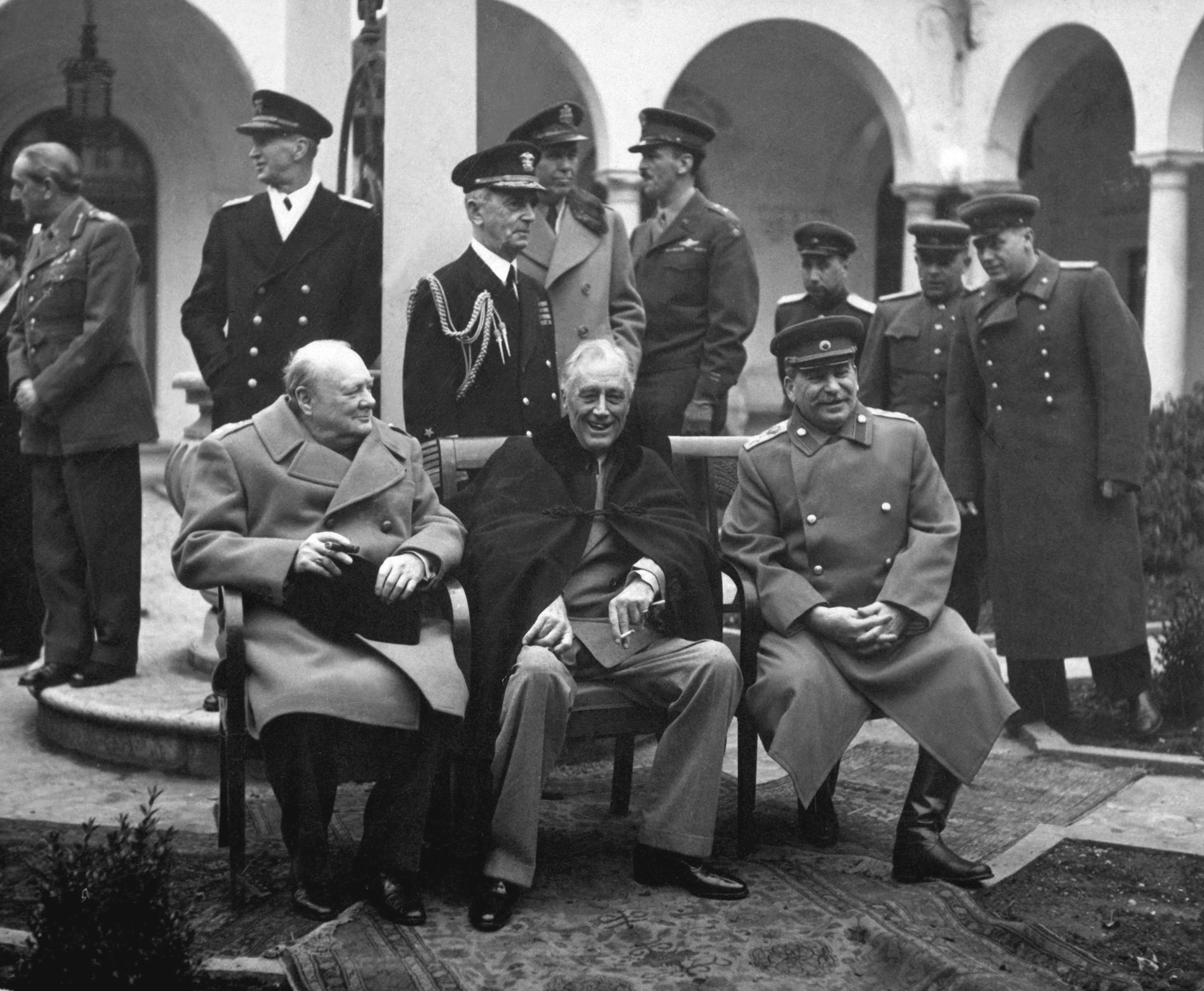https://en.wikipedia.org/wiki/Springfield_Armory
So the USA had a war against the UK in 1812 and a Cvil War in the 1860s, and this place called the Springfield Armory was experimenting with building standarised gun-parts using new kinds of lathes that would turn out the same thing each time. This allowed them to build more guns than their enemies and win the wars, but also led to the Second Industrial Revolution because now there was the system of mass producing standard parts…
the Springfield Armory in the 19th and 20th centuries became the site of numerous technological innovations of global importance, including interchangeable parts, the assembly line style of mass production, and modern business practices, such as hourly wages. The facility would play a decisive role in the American Civil War, producing most of the weaponry used by Union troops which, in sum, outpaced Confederate firearm production by a ratio of 32 to 1
American historian Merritt Roe Smith has posited that advancements in machine manufacturing which allowed the facility to increase production capacity by more than 25 fold, from 9,601 rifles in 1860 to 276,200 in 1864, served as a precursor to the mass production of the Second Industrial Revolution and 20th century assembly line production
Fueled by the Springfield Armory, the City of Springfield quickly became a national center for invention and development. In 1819 Thomas Blanchard developed a special lathe for the consistent mass production of rifle stocks. Thomas Blanchard worked at Springfield Armory for 5 years. The lathe enabled an unskilled workman to quickly and easily turn out identical irregular shapes. The large drum turned two wheels: a friction wheel that followed the contours of the metal rifle pattern, and the cutting wheel that imitated the movements of the friction wheel to make an exact replica of the pattern in wood. In the 1840s the old flintlock gave way to a percussion ignition system that increased the reliability and simplicity of longarms.
The Springfield Armory was largely involved in the growth and influence of the Industrial Revolution. Much of this grew out of the military’s fascination with interchangeable parts, which was based on the theory that it would be easier to simply replace firearm parts than make battlefield repairs. Mass production of truly interchangeable parts demanded greater use of machines, improved gauging, quality control, and division of labor; all characteristics of the Industrial Revolution. From these individual components, the concept of the assembly line was devised.
Oh shit! The industiral revolution and it’s consequences!

That’s cool and also awful.
deleted by creator
Precision is neat. It’s one of the core answers to the question of “Why didn’t ancient people do X”


